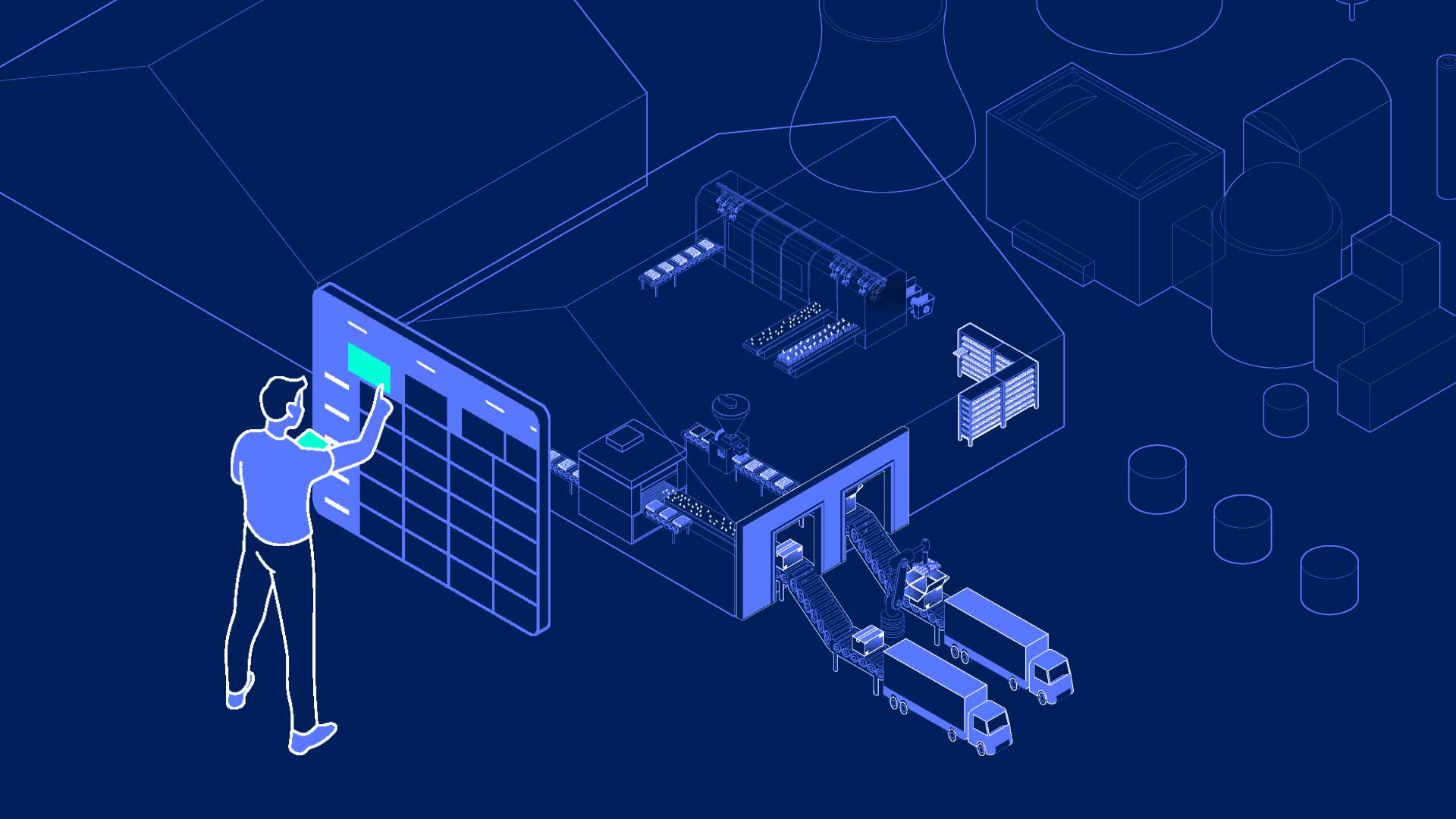IGS’ Head of Science Tanveer Khan gives the lowdown on growing chillies with vertical farming
We’ve invited IGS’ Head of Science Tanveer Khan (PhD) to give a unique insight into how we use crop science when growing nursery plants. Tanveer and her team conduct crop trials on a variety of plants, blending cutting-edge research with decades of experience in the field.
At Intelligent Growth Solutions (IGS), we’re constantly reviewing the latest crop science literature to ensure our growth recipes remain cutting-edge. I lead the Crop Science team, based at our Crop Research Centre near Dundee, Scotland. My colleague Csaba Hornyik and I interact with different teams across the company to get up to speed with both market and customer demand, before dedicating research to focus on a wide range of plants, such as chillies.
We’ve been focussed on using vertical farming technology to grow over 13 different varieties of chillies since 2020, and are confident that our expert blend of lighting and nutrition result in a crop that can be enjoyed – and grown – on all four corners of the world. Here’s how we use crop science in the growth recipe process for chillies.
Taking a stripped-back approach
We take a similar approach to growing chillies in a vertical farm to that of other crops. First off, we identify the correct nutrients for that specific variety. Despite having grown over 13 types of chillies, we tend to use one standardised recipe which works for all of them.
Chillies aren’t a seed-to-harvest crop, they can be grown year-round once planted. This can continue for years, with the chillies self-pollinating and giving the customer ultimate value for money. One of our chilli plants has been at our Crop Research Centre for 18 months now, and the harvest usually works on a 15-to-20-day cycle.
Like when growing other crops, we experiment with different light ratios when coming up with growth recipes. This is to see what impact these ratios can have on taste and flavour – specifically with regards to spice, bitterness, and sweetness. We’re still conducting these trials, but in the past four years, we’ve successfully grown the following varieties:
- Explosive ember
- Cayenne long
- Etna
- Hungarian hot wax
- Hungarian black
- Demon red
- Jalapeno
- Hungarian long
- Ring of fire
- Sweet banana
- Pimientos de padron
- Santa Fe Grande

Perfecting spice
Out of the 13 varieties of chillies we’ve tested, each of them features as part of an internationally recognised spice index. This tests how much capsaicin – an active component of chilli peppers – features in each chilli. We can also use IGS technology – particularly nutrients and lighting – to alter the capsaicin in each variation, using it to influence spiciness.
Targeting the seed
We’ve also run trials to develop the next generation of chillies – seeing how we can use vertical farming technology to make slight changes to the crop, which in turn have an impact on the seed (which we can then replant and harvest). Once the chilli plants had flowered and fruited, we harvested them, dried the plant and extracted the seed.
This shows that we can grow multiple generations of chillies in a single vertical farm – either in continuation, or as a future generation taken from a seed. This is important from a sustainability and land-use perspective: no crops are wasted, and we can use a combination of crop science and precision engineering to perfect both the plant and seed.
Advantages of growing self-pollinating crops through vertical farming
Chillies are a self-pollinating crop and – unfortunately – many can be infested with pests. Growing chillies in a vertical farm means you can control the environmental conditions and get rid of pests and other diseases. This is the biggest advantage, as it can have a huge impact on yield, quality and productivity.
Another advantage is the ability to grow specific chillies (with tailored levels of spice). Across the world, regional cuisines enjoy a different level of spice in their foods. We can cater to this using a mixture of lighting ratios and nutrition, as opposed to by adding additives. There’s also the added advantage of not needing to import – crops can be grown anywhere in the world throughout the year, no matter what the weather outside looks like.
Differences between green and red chillies
This largely comes down to nutrition and energy usage. With red chillies, the ripening process takes slightly longer (and this in turn could use more energy). Other changes occur at a nutrient and flavour level (while we’ve also observed some vitamins are more prominent in different types of chillies). The pigments are different too – you'll find more carotene or other antioxidants in red chillies compared to green ones, but you’ll find fewer vitamins as these go into making the red colour more prominent.
Why choose IGS?
IGS is an award-winning vertical farming technology provider with over ten years' experience in indoor growing, combining crop science, engineering and agronomy to empower growers across the world.
Our patented technology allows growers to harvest a wide variety of crops and plants using Total Controlled Environment Agriculture (TCEA) to completely control the growing environment. We have deployed our technology across multiple continents, helping to provide climate-friendly tech solutions and food security for local populations.
Want to learn more about what we do? Get in touch.






.jpg)
